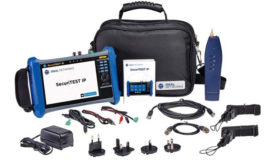Articles by Dave Engebretson
The Benefits of Upgrading Older Security Systems With Newer Z-Wave Capabilities
What Goes Around Comes Around
May 9, 2018
Be in the forefront of security intelligence when you receive SDM.
Join over 10,000+ professionals when you subscribe today.
SIGN UP TODAY!Copyright ©2024. All Rights Reserved BNP Media.
Design, CMS, Hosting & Web Development :: ePublishing


